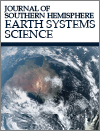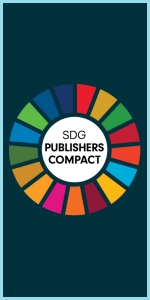ES25013A climatology of meteorological droughts in New England, Australia, 1880–2022
 , Mathilde Ritman
, Mathilde Ritman  , Howard Bridgman, Ken Thornton, Gionni Di Gravio, William Oates, Richard Belfield and Elspeth Belfield
, Howard Bridgman, Ken Thornton, Gionni Di Gravio, William Oates, Richard Belfield and Elspeth Belfield
This study presents the first drought climatology for New England in northern New South Wales. Thirty-two droughts are identified from 1880 to 2022, ranging from 7 months to 7 years in length. The 2017–2019 Tinderbox Drought was the second longest and second-most severe drought in the 142-year climatology, and was associated with the highest number of warm temperature extremes. This climatology can now be used by the New England community to put future droughts into a long-term context.
ES25013 Abstract | ES25013 Full Text | ES25013PDF (5.1 MB) | ES25013Supplementary Material (908 KB) Open Access Article



